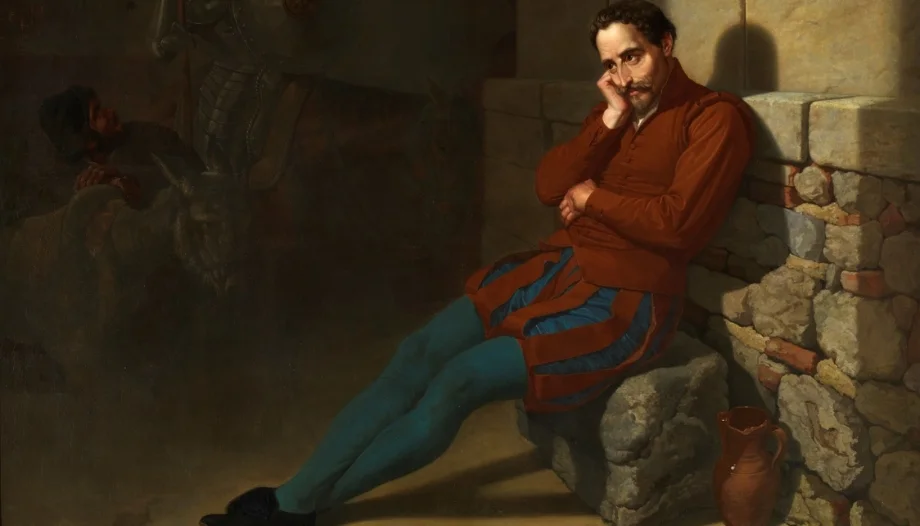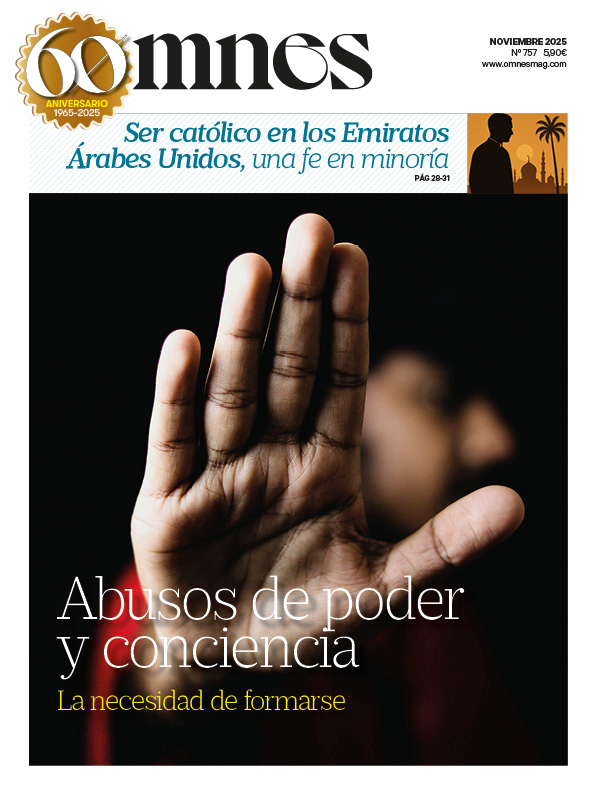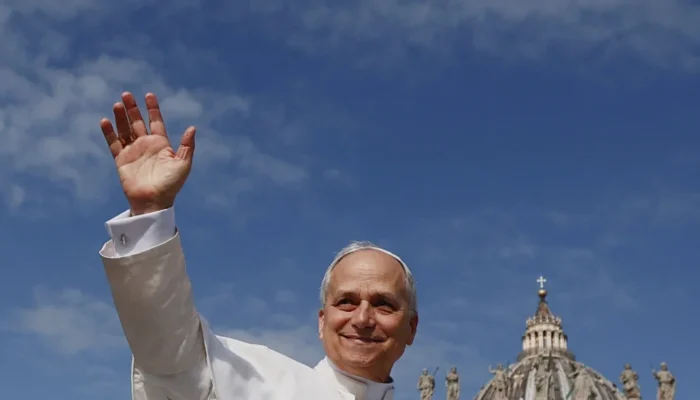Alejandro Amenábar has the gift of stirring up controversy with every release. The latest, "El cautivo" (The Captive), arrives with that imprint of scandal served on a platter, but before raising flags of enthusiasm or crusade, one can dwell on the essentials: does the film work as a fictional story -resulting in fiction- inspired by real events? Yes, and comfortably so.
The film recreates with remarkable success the atmosphere of captivity in Algiers, that microcosm of trade, barter, renegades and chains. It is worth remembering that religious tension was the main score throughout the Mediterranean, with two opposing empires that made the "Mare nostrum" their frontier and kept watch on every coast; in Algiers, however, what set the pace was not so much faith or politics as pure and simple profit: everything there was ransom, the privateering business, trade in stolen merchandise and accumulated wealth. That is why its port did not stop even in times of truce: while the chancelleries signed armistices, the Barbary galleys continued to sail the sea in search of Christians who could be converted into hard currency. The spectator breathes the harshness of the prison and, at the same time, the intensity of the disputes between faith and apostasy. In this scenario, Amenábar draws a plausible and magnetic Cervantes: the one-armed prisoner is presented as a born storyteller, capable of transforming misery into narrative and of captivating enemies and companions with the force of his words. It is no small virtue that, after leaving the theater, the viewer understands better why, even in his confinement, Cervantes was known and respected.
There are also filigree findings: the wink to the barber's shop or the shadows that foreshadow Don Quixote and Sancho are subtle resources that link the biography with the literary imaginary, but also the construction in real time of the novel of the captive captain -which would later be inserted in Don Quixote- as a short story by episodes that Cervantes himself told to his fellow prisoners and in which he literary refined everything he witnessed. This transposition between life and work is, perhaps, the most successful part of the script: the fact that Cervantes was already inventing, without knowing it, remnants of his immortal novel while he was dealing with the chain and torture.
The question of the homosexual relationship between Cervantes and his captor deserves a separate mention. It is nothing new -it has been conjectured since ancient times-, but Amenábar dusts it off with the astuteness of someone who knows that few things sell more than putting the myth in carnal predicaments. The film even tries to shore up this supposed inclination in a prehistory that should be disproved: Cervantes' duel with Antonio de Sigura was not caused by libels against López de Hoyos nor, much less, by equivocal wanderings between the two. The motive was never known with certainty, although the most solid hypothesis is that it was a fight of honor in defense of his sister. The viewer should know this, so as not to confuse what he sees on the screen with a reliable source: both the duel and the alleged homosexual relationship are variations on reality, not historical notes. All in all, in the film the matter is tangential, little more than a cell rumor, and should not overshadow the real key: to show how storytelling becomes a handle in the face of oppression. That Cervantes and his master shared more than words is, in the film, more provocation than well-founded thesis. And even granting the license - however licentious it may be - that is due to all creators, it should not be forgotten that no such encounter, in that context, could be free or symmetrical: the captive is always under threat of death, stripped of his will and subject, in any case, to the law of domination.
Perhaps, where the film is most out of place is not in the suggested homosexual inclination, but in the ideological bias that leads the viewer's gaze in the desired direction. From the representation of Algiers, not as the "purgatory in life, hell in the world" that the author himself sang, but as a city of pleasures and liberties, in clear contrast with a gloomy, inquisitorial and ashen Castile; to the way in which Cervantes' spirituality is portrayed. That is where it errs completely. That the captive mutters "i piccoli piaceri" when he is about to be hanged, or that he dialogues with the Bajá about the absence
The fact that the words "God and love", as if they were a pair of existentialists "avant la lettre", are licenses that betray rather than enlighten. In all categoricalness: those lines would never come from a Miguel de Cervantes who knew he was a child of his time, marked by the religiosity of the Spain of Philip II and whose faith was, to a greater or lesser degree, the ultimate support of his resistance. To accept a homosexual relationship in the middle of a prison can be understood as a dramatic resource; to attribute to it such a modern disbelief is, on the other hand, an anachronism that distorts the essential. But don't let the puritans tremble too much. "The Captive" was never intended to be a treatise on history or another volume of the "Topographia", but a fiction, another of many that revisit the Cervantine myth from one place or another. In this field, what Amenábar ultimately wants to achieve -and achieves- is to convince us that Cervantes survived largely thanks to his gift of narration, that his word won where his body was subdued. What does it matter, therefore, the historical rigor and scrupulous attention to detail in the face of such a powerful thesis. The film, in short, with all its excesses and biases, ends up reinforcing a fundamental aspect, and we are left with it: that the one-armed man of Lepanto, the "such-and-such of Saavedra" was, above all and above all, the freest and most brilliant of all storytellers.








